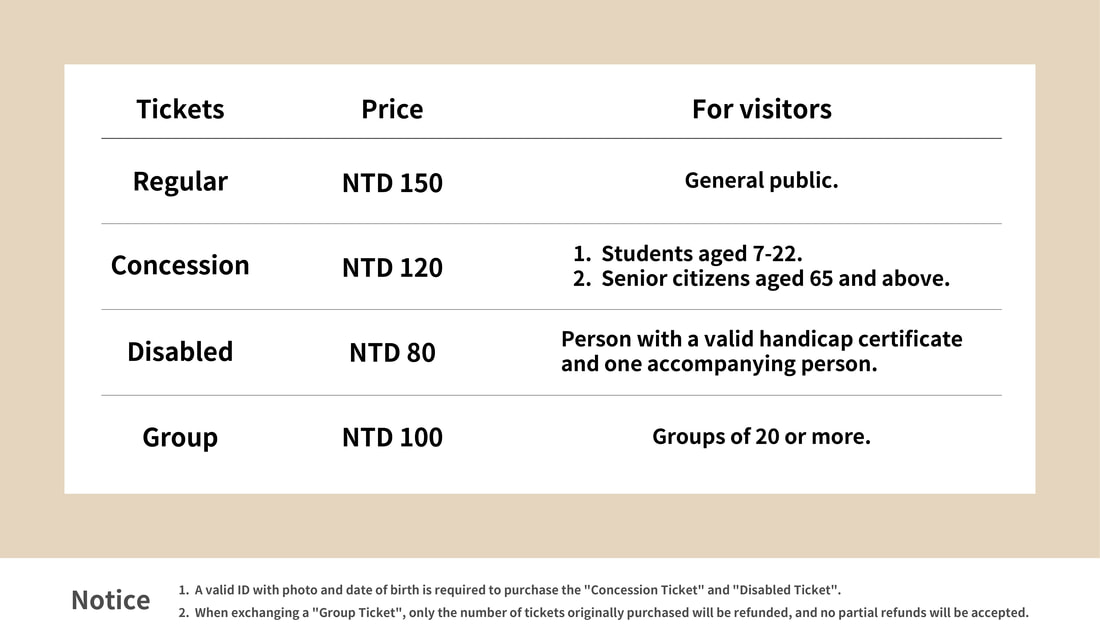About Wenting Phonograph Museum
|
"I've been in the turntable business for 60 years. With my transition to behind the scenes, the idea came to build a museum."
Mr. Hsu Wenting, founder of Wenting Phonograph Museum, established the museum to celebrate the golden era of records. Since 2017, Mr. Hsu traveled to different countries—visiting the Black Forest Open Air Museum in Germany, the Phono Museum in Paris, France, the Kanazawa Phonograph Museum, and the Otaru Music Box Museum in Japan, etc.—and learned about museum displays and operation models, as well as gained insightful suggestions from several curators. Ms. Hsu continues to add rare items to the collection, hoping to pique the public's curiosity about phonographic culture. This exhibition will introduce phonographic culture through three main themes—music boxes, phonographs, and turntables—we invite the public to step into the time machine of sound recording, and take a leisurely tour through the 200-year-history of recorded sound culture. Through fascinating history, popular science, and precious collections. We hope that while tracing and promoting the phonograph culture, old friends who have experienced the vinyl era can relive the prosperity of the golden days. We also hope to bring excitement and fun to friends who are new to the sound artistry. |
Visit
|
Opening Hours
Gallery 10:00-17:00(Tickets sold until16:30) Café & Gift shop 10:00-17:30 Closed On Tuesday. (For other closing days, please check the official announcement.) Address: No. 162, Sec. 2, Minquan Rd., West Central Dist., Tainan City 700 , Taiwan Tel: +886-6-2210177 Email: [email protected] |
Tickets
Getting here
Drive by yourself
1. Northbound: National Highway No. 1 → Rende Interchange → Dongmen Road → Minquan Road Section 1 → Wenting Phonograph Museum
2. Southbound: National Highway No. 1 → Dawan Interchange → Fuxing Road → Xiaodong Road → Beimen Road → Minquan Road, Section 2 → Wenting Phonograph Museum
*Parking is available at the Minquan Road Section 2 parking lot and the Fucheng parking lot.
High Speed Rail
1. Take Taiwan Railway Shalun Line to Tainan Station → walk for about 15 minutes (or transfer to a bus)
2. Take THSR Express H 31 bus to Jian-Sing Junior High School(Confucius Temple) Station → walk for about 15 minutes (or take a bus)
Taiwan Railway
1. Walk for about 15 minutes
Bus
You can get off at the following two stations and walk for about 5 minutes.
1. Fort Provintia: 3, 5, 77, 88, 99, Tainan Sightseeing Bus.
2. Intersection of Simen Rd.& Mincyuan Rd.: 5, 14, 7, 18, Blue 23, Blue 24, Green 17.
1. Northbound: National Highway No. 1 → Rende Interchange → Dongmen Road → Minquan Road Section 1 → Wenting Phonograph Museum
2. Southbound: National Highway No. 1 → Dawan Interchange → Fuxing Road → Xiaodong Road → Beimen Road → Minquan Road, Section 2 → Wenting Phonograph Museum
*Parking is available at the Minquan Road Section 2 parking lot and the Fucheng parking lot.
High Speed Rail
1. Take Taiwan Railway Shalun Line to Tainan Station → walk for about 15 minutes (or transfer to a bus)
2. Take THSR Express H 31 bus to Jian-Sing Junior High School(Confucius Temple) Station → walk for about 15 minutes (or take a bus)
Taiwan Railway
1. Walk for about 15 minutes
Bus
You can get off at the following two stations and walk for about 5 minutes.
1. Fort Provintia: 3, 5, 77, 88, 99, Tainan Sightseeing Bus.
2. Intersection of Simen Rd.& Mincyuan Rd.: 5, 14, 7, 18, Blue 23, Blue 24, Green 17.
Collections
The museum was established to promote the phonographic culture, and the collection is from all over the world, including music boxes and phonographs made in France, Germany, the United States, Japan, etc.
The collection spans from 1870 to the present day, with sizes ranging from pocket-sized to 220 cm high.
In the future, the museum will gradually increase the collections to continue the vitality of the phonographic culture.
Exhibition
Start with AutoPlay: Music Box
|
The history of the music box can be traced back to the 1381s, when the "Nikolaus kirk" tower bell was installed in the church of St. Nicholas in Belgium. In 1796, Antoine Faver, a Swiss craftsman, designed the music box, a mechanism capable of playing beautiful melodies.
This exhibition introduces the history and culture of music box craftsmanship, and explores how people appreciated the beautiful music before the sound was recorded. |
Seeing the footprints of sound: Phonograph
|
"Mary had a little sheep" On December 4, 1877, Edison sang out loud to a gramophone, becoming the first voice in history to be recorded and played back through a gramophone, officially starting a new trend in phonographic culture. In the era of no electricity, how did Edison record sound? Why do we say that sound can be seen? Did you know that when we thought vinyl records were vintage, it was the rollers that were the originators of the record industry?
This exhibition introduces the principle of gramophone, the evolution from roller to disc, and the short story of how gramophone is inseparable from life. |
Electronic Record Player: Rotate with Taiwanese workers
|
When playing European, American or Japanese branded vinyl players, few people notice that they are OEMs from Tainan, Taiwan. The founder of the Wen Ding Phonographic Museum, Mr. Wen Ding Hsu, and his friends established the electronic phonograph business, A-Hong Electric, which has gone through parts assembly, the creation of its own brand of phonographs "Darling", and international OEM, and has nurtured many professional phonograph workers in Taiwan for nearly half a century.
This exhibition not only shares how Taiwan's phonograph professionals have followed the evolution of the times, through the peak of vinyl, silence and recovery, to reach the status of a master of HIFI technology, but will also exhibit the world's first direct-drive motor products from Japan. |












